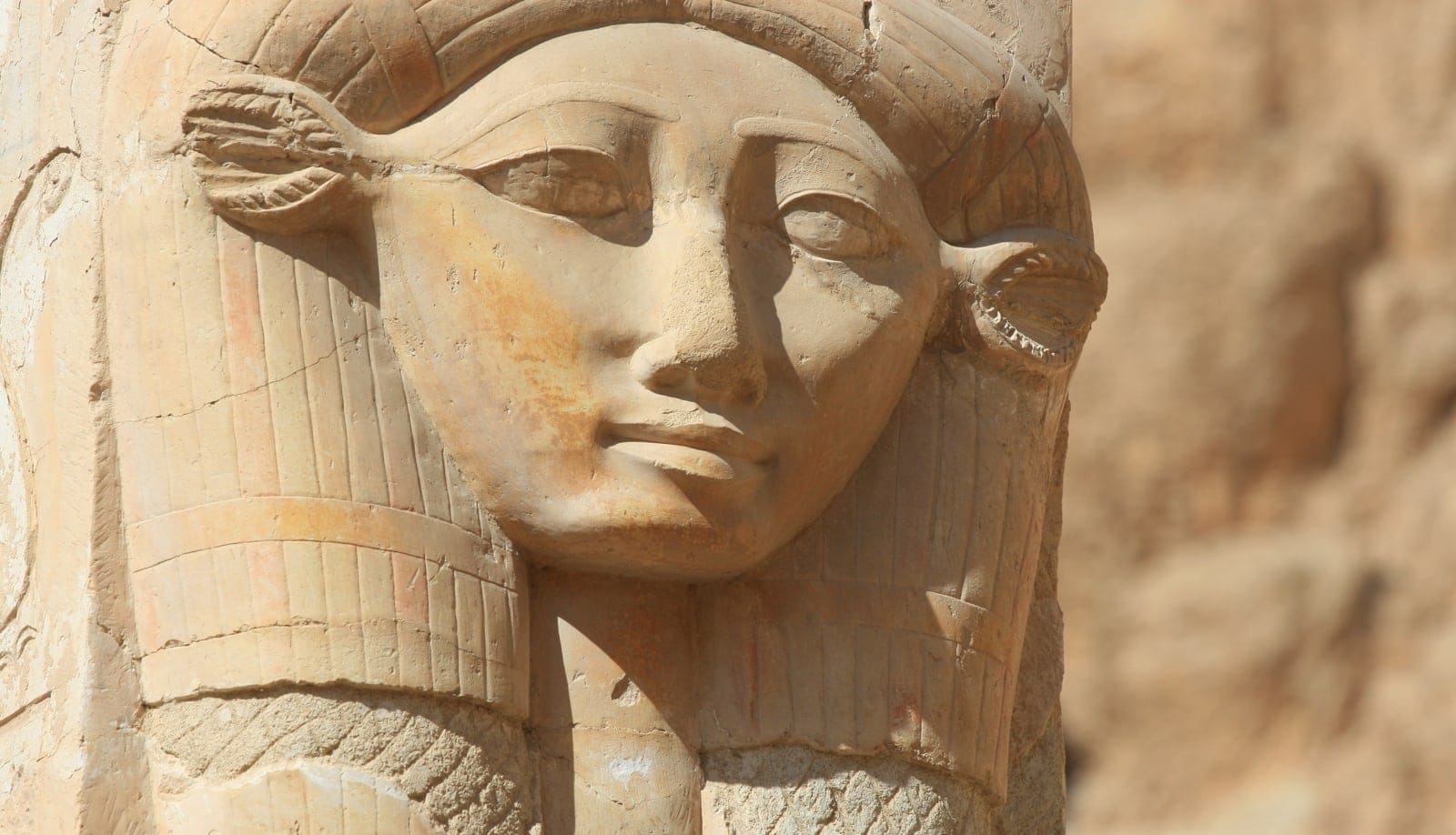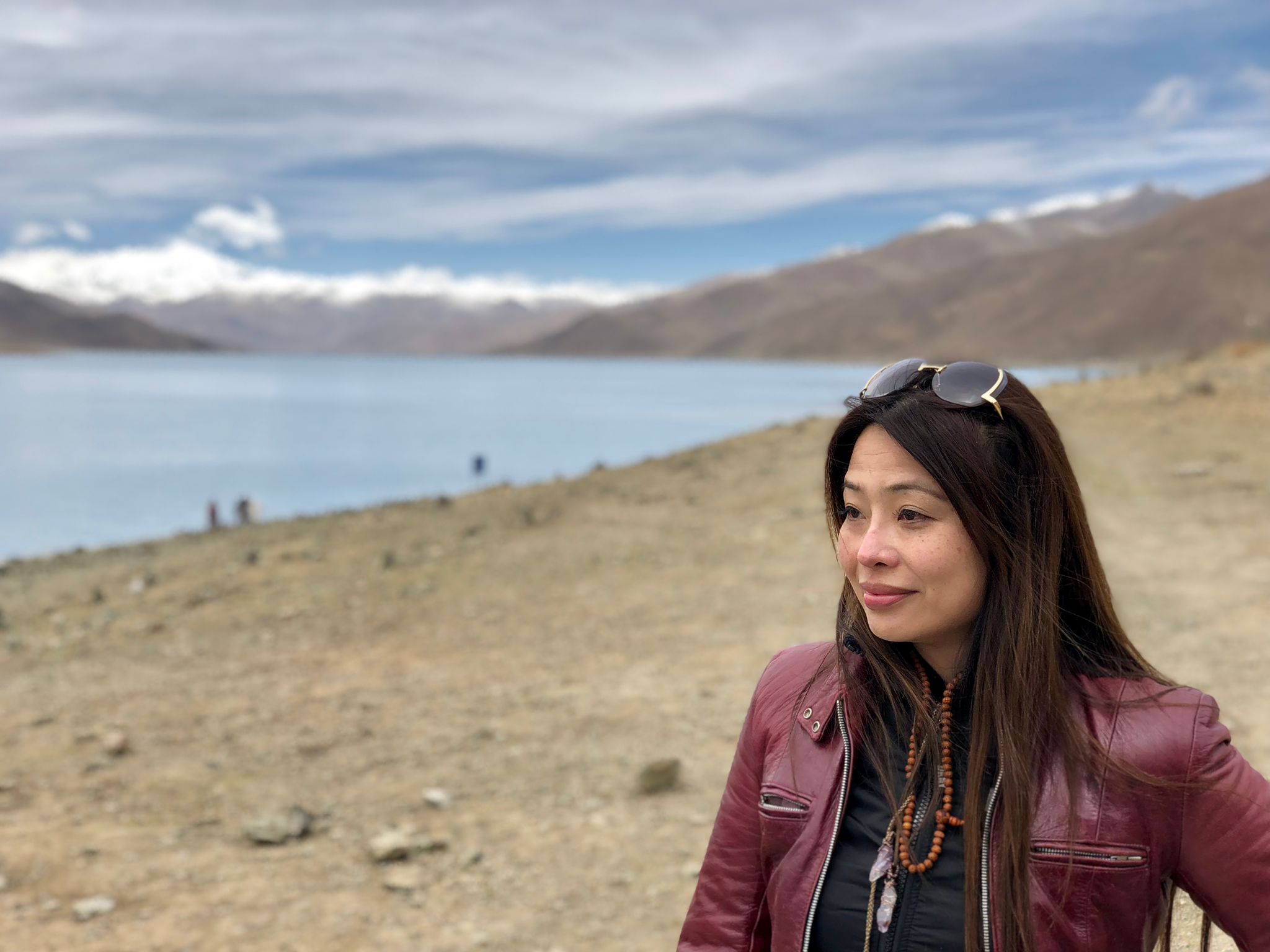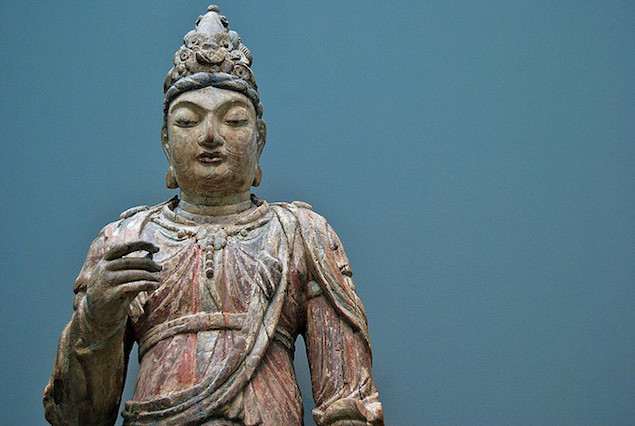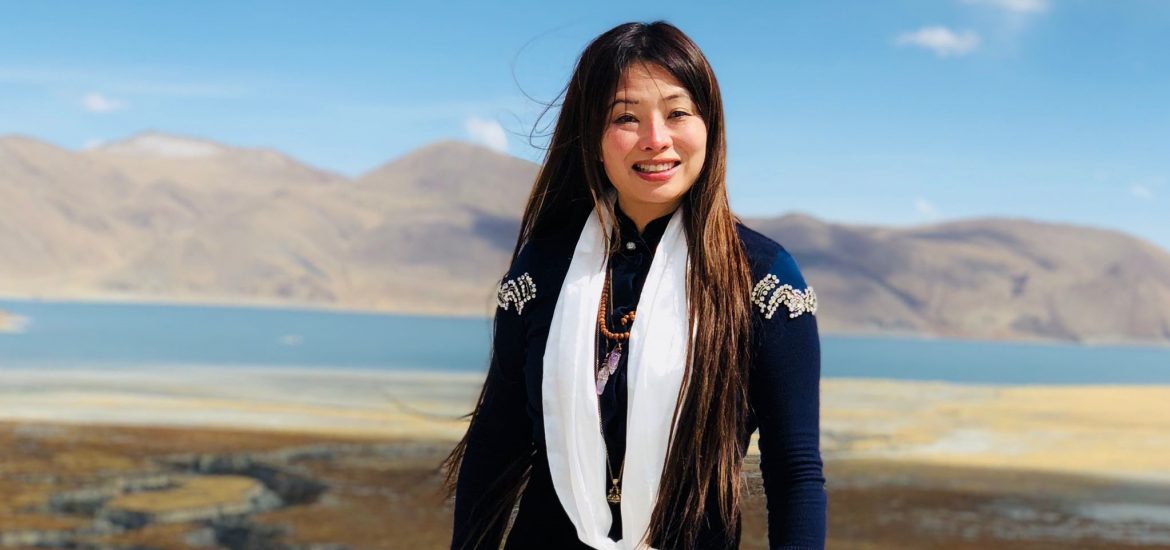In a previous editorial on the Ukraine crisis, we discussed the theological intersection of the country’s two Orthodox denominations and Buddhism. We asked the questions: how can we see the Dharma embodied in other religious traditions and others’ spiritual beliefs?
How is the will of the bodhisattvas communicated?
How can we learn about our own practice through encountering the religious Other?
This sub-discipline is the theology of religions – that is, the considered and studied attempt to “theologically evaluate the phenomena of religions.” This is especially pertinent in the contemporary landscape of New Age belief and eclectic spirituality. Since New Age took root in the West in the 1970s, its wide umbrella of practices, from tarot to astrology to neopagan reconstructionism, have indeed morphed into a movement, or at least a discernible phenomenon. From polytheistic ideas to belief in divine intermediaries, New Age is pervasive. In the US, a 2018 Pew Research poll that despite identifying as largely Christian, significant percentages of American adults hold New Age beliefs: roughly six in ten. Four in ten believe in psychics and that spiritual power or energy can be found in material objects, while 33 per cent of surveyed American adults and 29 per cent believe in reincarnation and astrology respectively. (Pew Research Center)
While no such statistics are available for the Asian hub of Hong Kong, the city is unexpectedly diverse in its spectrum of religious beliefs. In the ten years I have been based here, I have encountered Zoroastrians, Daoists, Muslims from Pakistan to Turkey, Jews, and Bahais, alongside the more “regular” sightings of Catholics, evangelicals, and Buddhists.
After being in dialogue with mainstream religious traditions for so long, I was guided to a New Age mystic who is also a Buddhist, Rebecca Wong Howe. Rebecca works as scenario planner with various multinational corporations. However, she defines herself as a mystic, tarot practitioner and spiritual teacher, and oracle. At the same time, she is a Buddhist layperson, having taken refuge more than once, having been received as the student of different Vajrayana Buddhist masters. She holds pujas and visits to some of the most important sites of Buddhist pilgrimage in the world. She has also devoted much of her time to creating Buddhist art, in particular painting (she has just finished a series on the Yuanmingyuan) and participating in Buddhist visual arts like Prajwal Ratna Vajracharya’s Charya Nritya dance program. Last year, she officiated a contemporary Buddhist wedding, invoking Guan Yin and Manjushri to consecrate the marriage.

This might feel unusual to some Buddhists, especially those that grew up with a contemporary understanding of religion. This understanding has been shaped by the Western idea of religion as denominations, creeds, and articles of faith and dogma. But in some ways, New Age resembles the state of religion in traditional China: a membrane permeating society, rather than a credo. Thanks to the lack of dogma, this membrane allows people the flexibility to choose what is needed for a particular stage of life or situation. This relevance in people’s everyday lives is critical. As Liz Slade, chief officer of the General Assembly of Unitarian and Free Christian Churches, wrote in a recent letter: “Religion is here to stay – but we must adapt it to what is needed and what works for us right now.” (The Guardian)
I have had a chance to enter into a more informed dialogue about how Buddhism might relate to New Age belief with Rebecca. She believes that the divine is embodied everywhere, including the Buddhist tradition. “While my journey has been multi-dimensional, my soul purpose is to preserve Buddhist spiritual wisdom. I feel that Buddhism resonates with me at a primal level and captures a deeply experiential feeling for me,” she told me in our first Zoom interview. “Buddhism is like love, an experience that cannot be grasped, but must be felt.”
As we conversed, we discovered that there was much in common between us: an affinity for Egyptian religion, extensive Buddhist contact (her many pilgrimages across China and Tibet and regular prayers to Guan Yin bodhisattva), and an attraction to the feminine expression of divinity. On the first point, I had found inspiration in the mythology and beliefs of the ancient Egyptians in my childhood, and their influence in my choice of study after high school remained with me. Rebecca’s training with the Rosicrucian order, along with her involvement in various circles of New Age thought, guided her into an engagement with Kemet, the contemporary name for Egyptian religion. She has told me: “I am inspired by the idea of ‘I feel, therefore I am.’ I believe in the everyday miracle, and the importance of surrendering to your experiential side. When you experience deeply, you can radiate the wisdom that you have learned more authentically.”

For the mystic, wisdom is found not only in the living great religions, but also those that have come before. Rebecca’s channelled deities embody aspects of the feminine divine that resonate particularly with her personality and karma: Isis, mother goddess of magic, and Hathor, goddess of love and passion. With respects to the Dharma, Rebecca encountered Buddhism through a series of steps that began in London, at the Peace Pagoda in Battersea Park. That began a series of travels to places like Mount Kailash and Mount Everest in Nepal, an encounter with the Bumthang Buddhist Festival in Bhutan, and visits to pilgrimage sites in Tibet, like Lake Yamzho, Samding Nunnery, and Jokhang Temple, and China’s Wutaishan. While COVID has, for the moment, prevented many of us from venturing on pilgrimage, she feels the presence of both Buddhist and non-Buddhist divinities working in her everyday life. Her present home, for example, was chosen because she could see and feel the presence of Guan Yin on the island across from where the house faces.
How is an institutional person of faith to make of this unique combination? Perhaps I am biased, given my own bond with Rebecca, but it is no longer enough to simply relegate different expressions of faith into a comfortable worldview. Nor does it mean abandonment. Instead, that worldview should be expanded. Perhaps there is space “in-between” the distinct phenomena of Buddhist tradition and New Age to explore the encounter of religions. It is, as Jaco Beyers wrote in a preface to Perspectives on theology of religions (2017), “In the end, it is not so much about the encounter of religions, but rather of people.”
Furthermore, religions themselves are not vehicles of salvation. In the Pure Land tradition of Buddhism, reciting “Namo Amitabha Buddha” in complete faith will guarantee rebirth in the Pure Land much more than formal refuge and apparent fidelity to all manner of Buddhist custom and rite. I see some similarities to Rebecca’s practice and teaching, which reflects her free spirit and refusal to be “tied down” to any one institution. Her myriad of practices led to an inner transformation some time ago, which she now uses as a vehicle to positively influence the lives of others. Guan Yin’s bodhisattva vow – and those of others – moves through her.

As one of our veteran columnists Tilly Campbell-Allen wrote, “The fantastical results in a visceral reaction of innocence and vulnerability, of excitement and intrigue, or sometimes, agitation and fear of the unknown. The feeling of magic is like a porthole into another understanding of reality. It has nothing to do with a lack of pragmatic autonomy in seeking enlightenment, nor is it a garroting of intellect from our heart.” At its heart, religion is an engagement with the awesome, the ultimate concern, the mysterium tremendae. Rebecca’s involvement in New Age is an expression of this human activity of excitement and scrutiny of the unknown. It is not easy to articulate everything about a person’s individual practice. But perhaps there need not be attachment to this endeavour. Perhaps a feeling of magic, both in the New Age and its purest sense, will allow us to understand differently, to retain both intellect and wonder, and feel curiosity and intrigue about the Other. Wonder of, about, all sentient beings is the Way.
* This is the core New Age belief that the whole universe and everything in it is divine, indicating an inclusive and universalistic approach that accepts all personal perspectives on the divine as equally valid.
Reference
Beyers, J. (ed.), 2017, ‘Perspectives on theology of religions’, in HTS Theological Studies/Teologiese Studies, suppl. 12, 73(6), i–241.
See more
‘New Age’ beliefs common among both religious and nonreligious Americans (Pew Research Center) Religion is here to stay – but it must evolve to meet our needs (The Guardian)
Related features from Buddhistdoor Global
The Poetry of Compassionate Wisdom
Manifesting Avalokiteshvara: The Jewel within the Lotus
Enter the Dragon: A Primordial Being


